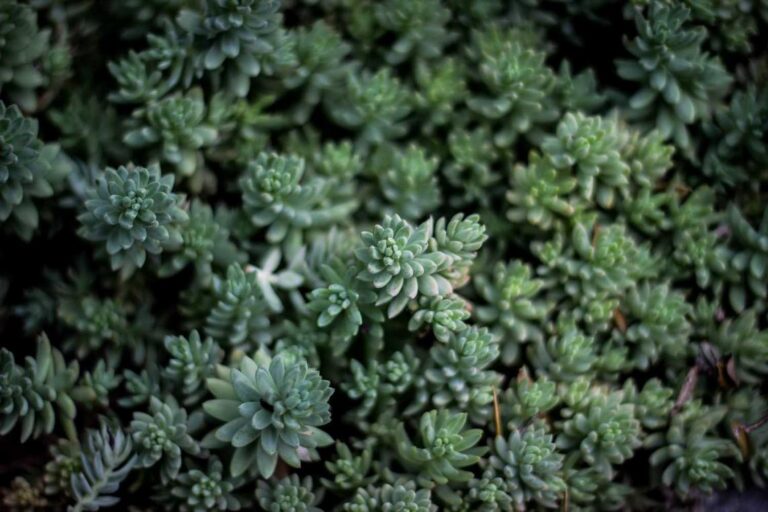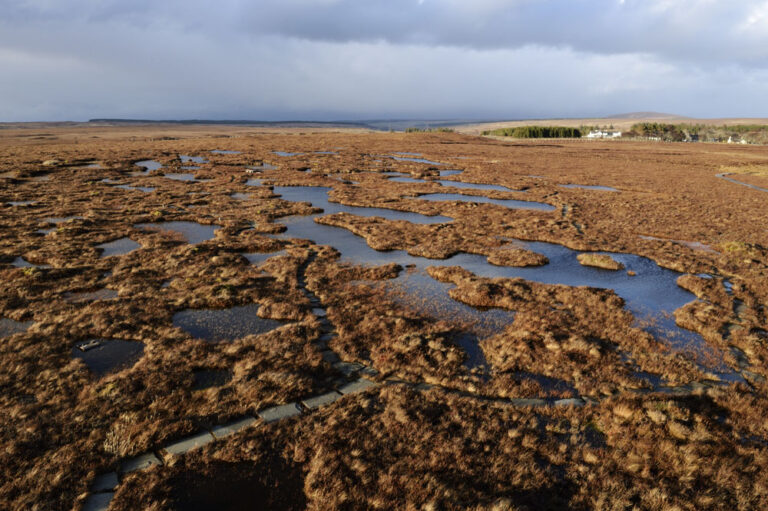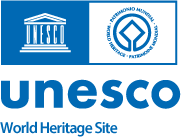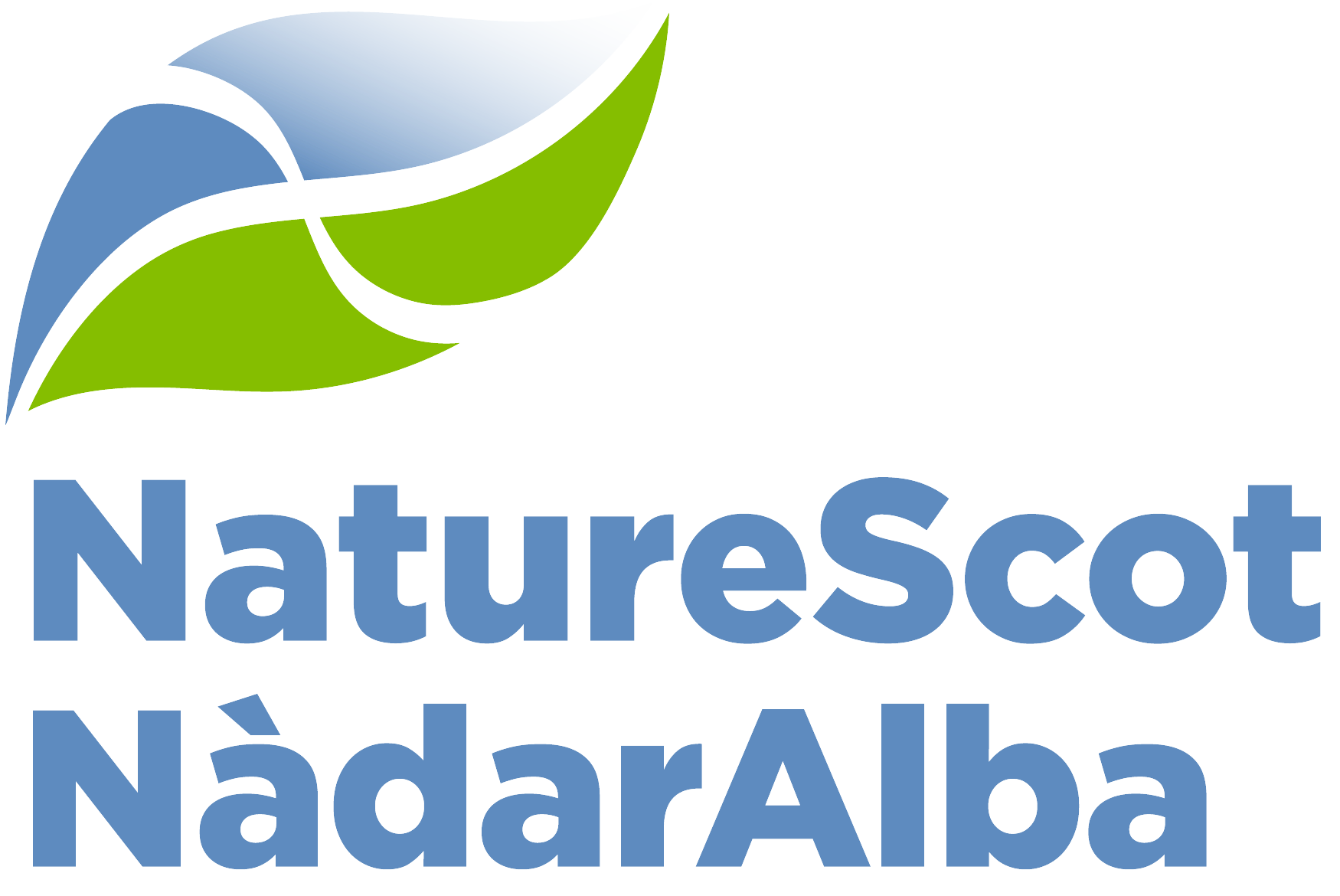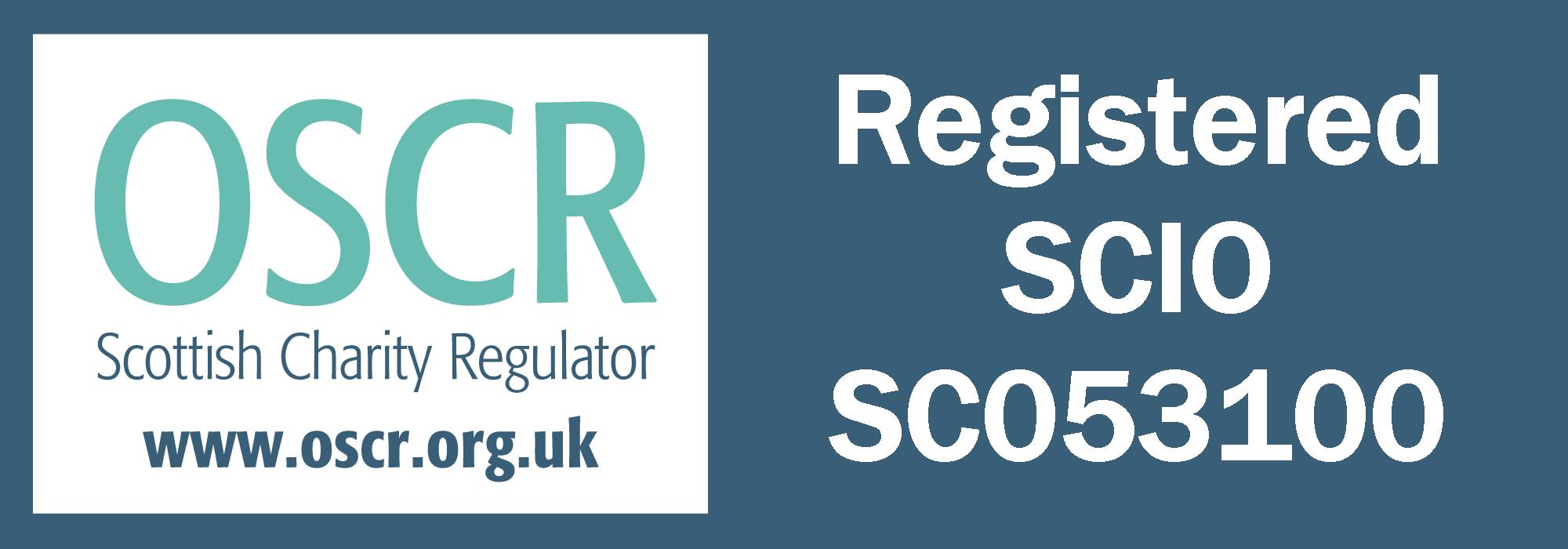About The Flow Country Partnership
The Flow Country Partnership exists to bring together a community including crofters, farmers, landowners/managers, local businesses, residents, ecologists and local government to grow the resilience of the Flow Country and its people.
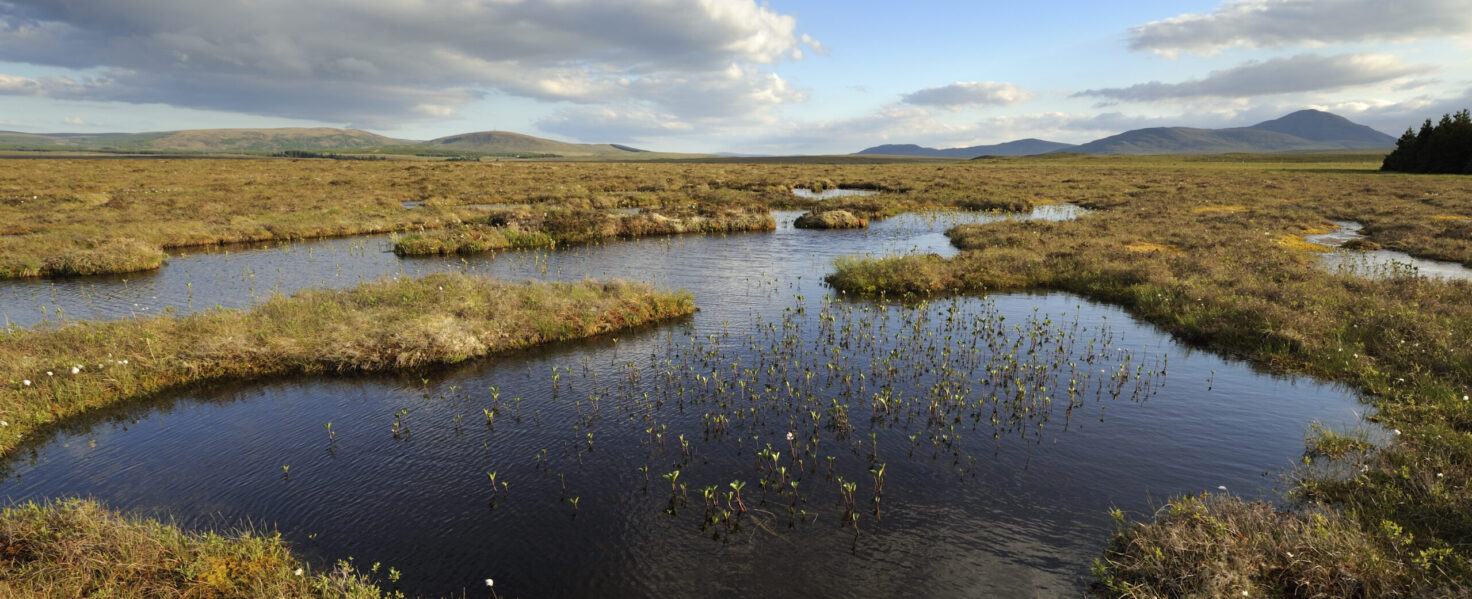
The Flow Country Partnership will need to be both reactive to opportunities that arise and also proactive in creating opportunities within an ever-changing world. The Partnership will work to collectively develop a revitalised, sustainably managed landscape; to restore peatlands, safeguarding against threats like wildfires and bolstering Scotland’s Net Zero ambitions; and through these efforts create opportunities for thriving communities.
The Flow Country Partnership has three main objectives to work towards:
Protect:
- Maintain the integrity of the world-class blanket bog and its globally significant biodiversity and carbon storage.
- Uphold cultural heritage, traditions and history such as traditional land management which showcase and strengthen deep connections between the land and the people.
- Recognise the strength of community, as an essential source of support and hope.
Restore:
- Create opportunities for the local community, focusing on land knowledge, skills, and local businesses with shorter supply chains.
- Encourage sustainable community and economic investment and local jobs that are compatible with protecting the landscape.
- Promote and implement sustainable land management practices at scale with a focus on peatland restoration and the compounding biodiversity benefits this provides.
Enrich:
- Increase visibility and connectivity of ongoing activities, bridging the gap between on-the ground action and national/regional policies.
- Promote awareness and appreciation of wildlife, carbon storage, landscape, historical and cultural values of the peatlands.
- Champion the area as a model for best practice management, research, and peatland restoration, benefiting peatlands locally and globally.
